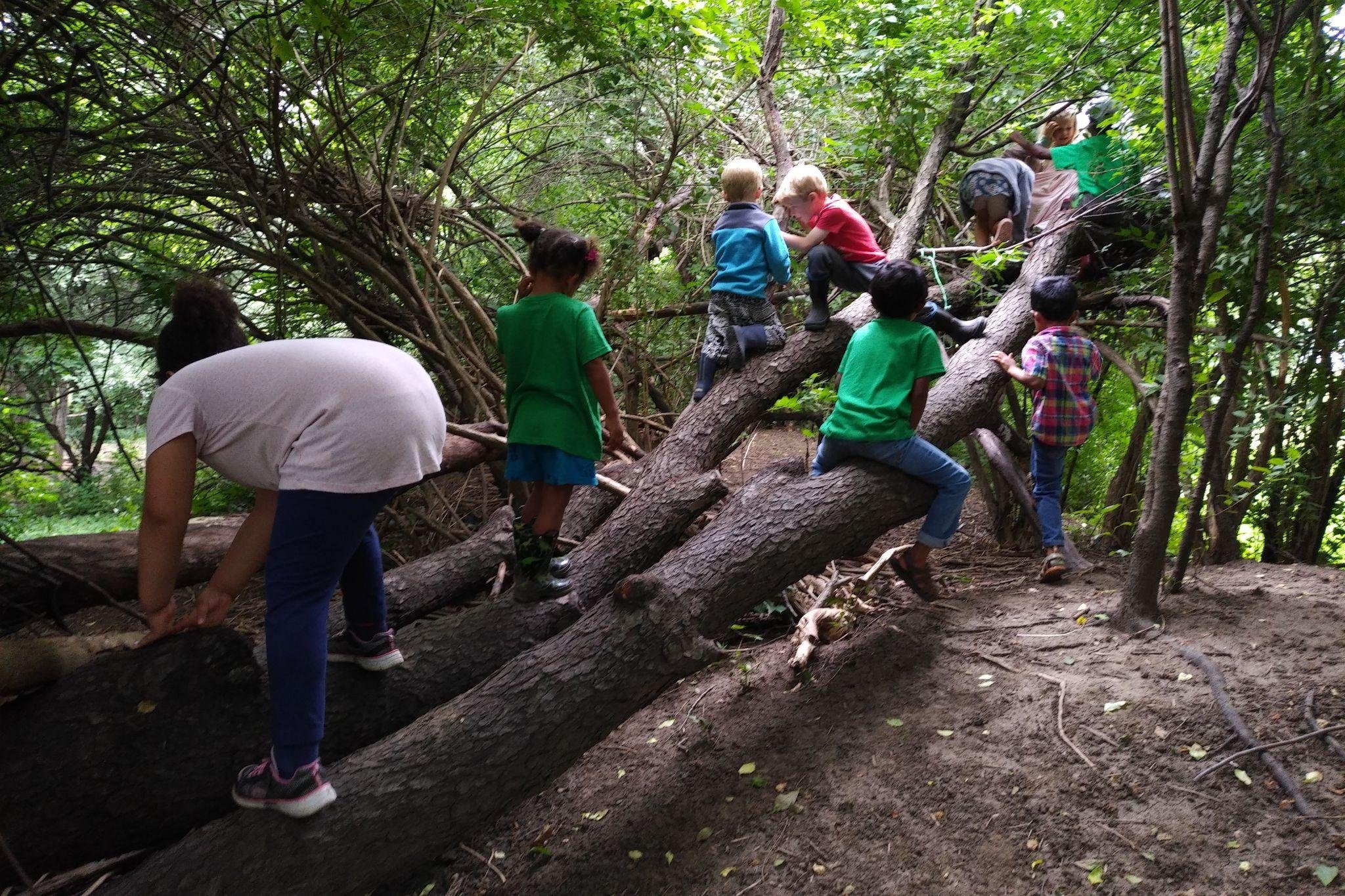Around the age of nine, children undergo a subtle yet profound transformation in their emotional and psychological development. This shift, known as the Nine-Year Change, marks a critical point in a child's journey toward greater individuality and self-awareness. Although often overlooked by parents and educators, this transition plays a crucial role in a child's overall development.
The Waldorf Approach: A Gentle Transition from Kindergarten to First Grade
The transition from kindergarten to first grade in Waldorf education isn’t about pushing academics faster; it’s about honoring the child’s readiness and creating a balanced, engaging environment that supports both intellectual and emotional growth. By fostering a sense of curiosity and joy in learning, Waldorf education ensures that this shift is a natural and nurturing one.
Delayed Reading Supports Long-Term Literacy Success
In Waldorf education, one of the foundational principles is to delay formal reading instruction until first grade, around age six or seven. While this approach may seem unconventional in a world where early literacy is often emphasized, there is growing research supporting the benefits of waiting until children are developmentally ready for reading instruction.
Waldorf Learning in Action: Building a Cob Oven
One of the most interesting and engaging aspects of the third grade year in a Waldorf school is the focus on practical arts and living. The class learns about shelters from around the world, the history of farming and foods like ancient grains and natural resources that people have used for thousands of years.



